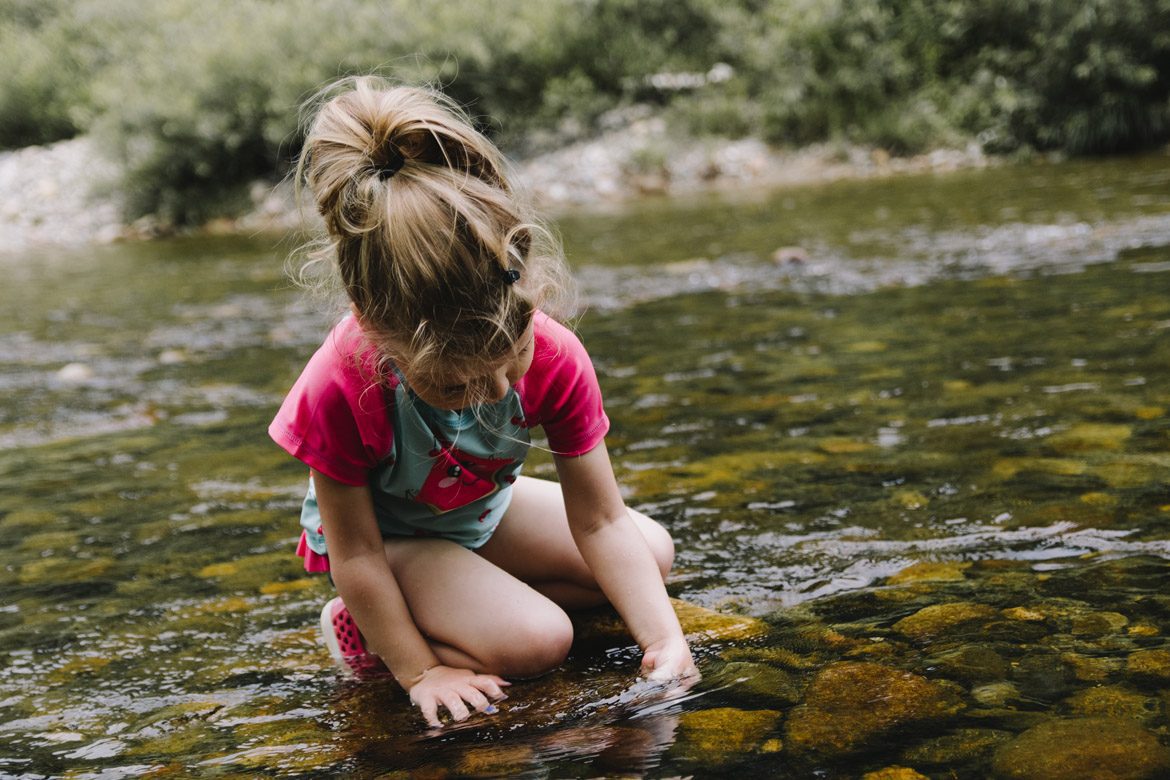By Tonia Gray, Western Sydney University
Contrary to the belief we Aussies are a nature-loving outdoor nation, research suggests we’re spending less and less time outdoors. This worrying trend is also becoming increasingly apparent in our educational settings.
I have devoted the majority of my teaching and academic career to examining the relationship of people and nature. In the last few decades, society has become estranged from the natural world, primarily due to urban densification and our love affair with technological devices (usually located in indoor built environments).
Contact with nature can enhance creativity, bolster mood, lower stress, improve mental acuity, well-being and productivity, cultivate social connectedness, and promote physical activity. It also has myriad educational benefits for teaching and learning.
Outdoors and learning
The word “kindergarten” originated in the 1840s from the ideologies of German educator Friedrich Froebel and literally translates to “children garden”. Propelled by innate curiosity and wonder, a Froebelian approach to education is premised on the understanding students learn best when they undertake imaginative play and curious exploration.
Not only is outdoor play central to children’s enjoyment of childhood, it teaches critical life skills and enhances growth and development.
Contemporary research shows outdoor play-based learning can also help improve educational outcomes. A recent study found being outside stimulated learning and improved concentration and test scores.
Nature contact also plays a crucial role in brain development with one recent study finding cognitive development was promoted in association with outdoor green space, particularly with greenness at schools.
Autonomy and freedom in the outdoors is both liberating and empowering for kids. Burning off excess energy outdoors makes children calmer and fosters pro-social behaviours.
Teaching and learning in natural environments encourages self-mastery through risk taking, physical fitness, resilience, self-regulation, and student-centred discovery. Imagination is also enhanced by free, unstructured play.
How to get kids outdoors more
Children need outdoor play, but we’re not giving them enough opportunity. Countries such as Denmark, Sweden, Finland and Norway spend up to half the school day outdoors (rain, hail or shine) exploring the real-world application of their classroom learning. Here’s what parents and teachers can do to get kids outside more.











